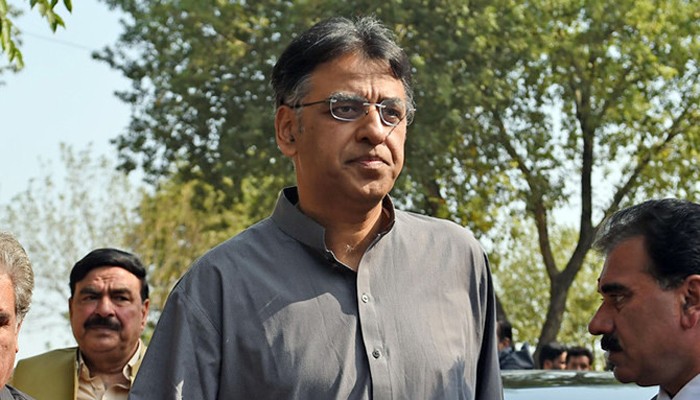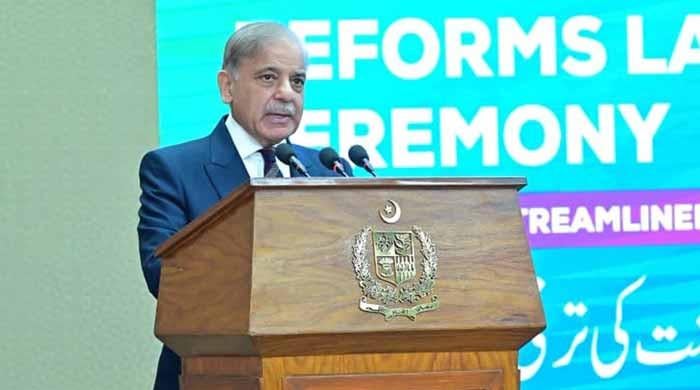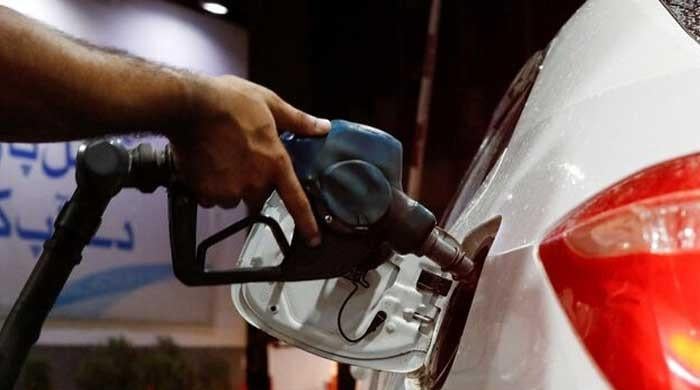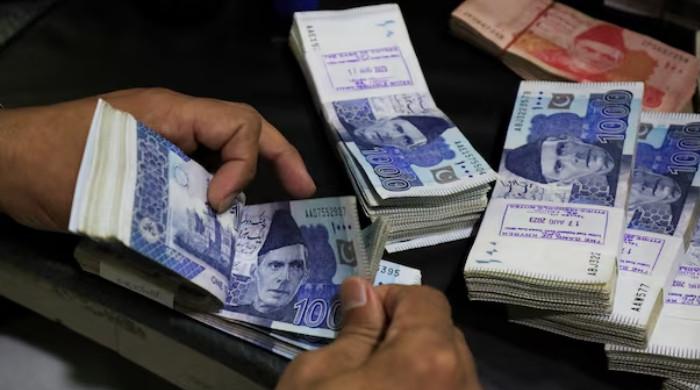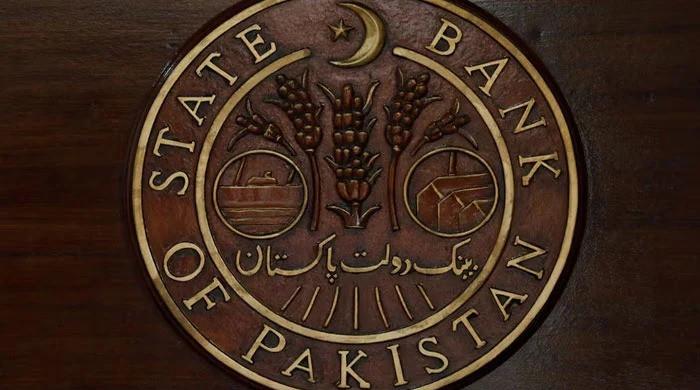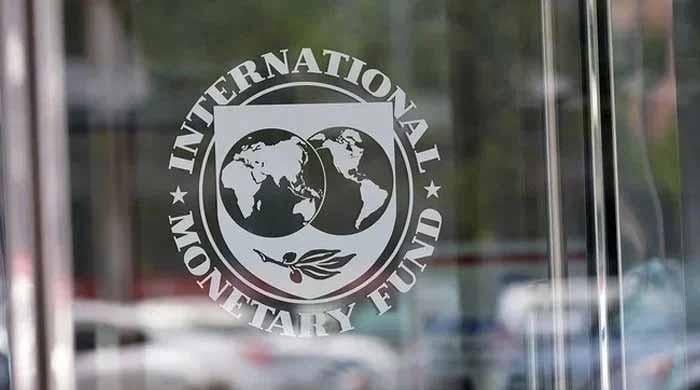External finance risks constrain PTI government: Fitch Ratings
'The new govt will be under immediate pressure to arrest deterioration in external finances and address fiscal challenges'
August 16, 2018
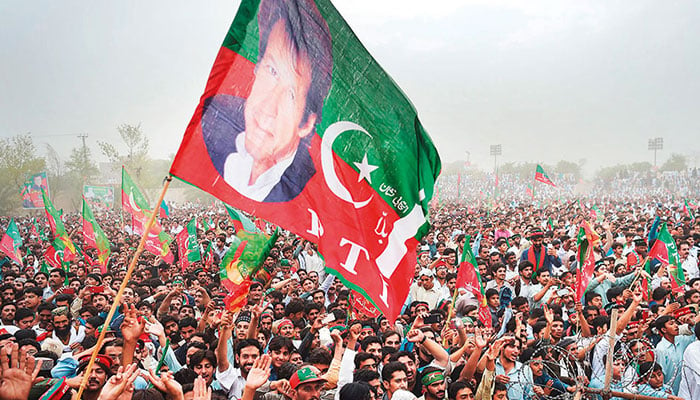
Pakistan's incoming Pakistan Tehreek-e-Insaf-led coalition government will be under immediate pressure to arrest the deterioration in external finances and address fiscal challenges, Fitch Ratings agency said in a statement.
The new government has more political capital to take positive though difficult policy actions, but it has a thin majority in parliament and faces a strong opposition, which could complicate policymaking, the agency cautioned in an assessment of Pakistan’s current fiscal policies.
“PTI leader Imran Khan outlined a broad economic agenda for a ‘New Pakistan’ during his campaign, with a focus on confronting corruption, reducing inequality and expanding social services. However, advancement of this policy agenda is likely to be limited in the short term, with external and fiscal problems taking priority,” Fitch said in its press release.
The current account deficit reached 5.6% of GDP in the fiscal year ended June 2018 (FY18), up from 4.7% in FY17, while liquid foreign-exchange reserves fell by almost US$4 billion from end-December 2017 to end-July 2018 to just over US$10 billion, the agency pointed out.
The sharp rise in global risk aversion towards emerging markets, and a projected pickup in Pakistan's external debt obligations in 2019 are adding to financing pressures. The fiscal deficit has also widened and is likely to well exceed our previous estimate of 6% of GDP in FY18, up from 5.8% a year earlier, Fitch said.
The ratings agency revised its outlook on Pakistan's 'B' rating to Negative from Stable in January 2018 to reflect these rising external and fiscal pressures.
“The State Bank of Pakistan has already taken some steps, raising its policy rate by 175bp since January 2018 and introducing greater flexibility in the heavily managed rupee by allowing four separate depreciations since mid-December 2017, which resulted in a cumulative 17% decline against the US dollar. These measures have so far not been enough to prevent the widening of the large external financing gap, which has been bridged with support from China, including an agreement to provide US$2 billion in additional bilateral lending in July. The Saudi-backed Islamic Development Bank has also reportedly extended a US$4 billion loan,” the company stated.
The new government appears to recognise the urgency of the situation, Fitch acknowledged, citing likely incoming finance minister, Asad Umar, who recently said that "all options are on the table" and that the government will formulate a policy and financing path within six weeks.
The agency said it expects Pakistan to seek potential financing from several sources including China and multilateral development banks, and possibly the IMF.
Pakistan has been a repeated user of IMF financing, entering 12 programmes since 1980. “The IMF would probably require further fiscal and monetary tightening, greater exchange-rate flexibility, and wide-ranging structural reforms, which could also help attract other sources of financing. Moreover, the IMF has unique monitoring mechanisms to implement corrective policies, without which there will continue to be significant uncertainty over the medium-term sustainability of Pakistan's finances,” the press released stated.
Negotiations over an IMF agreement could be complicated by loans linked to the China-Pakistan Economic Corridor (CPEC), part of China's Belt Road Initiative (BRI), particularly amid rising global geopolitical tensions, Fitch warned.
“Recent statements from US Secretary of State Mike Pompeo suggest the US administration does not want IMF financing used to bail out Chinese lenders. US backing is not strictly required to secure an IMF programme, but the IMF board emphasises consensus decision-making. US pressure could lead to stricter programme conditionality, including the curtailment of CPEC projects and greater transparency in CPEC financing.
“The US$62 billion CPEC project makes Pakistan one of the largest recipients of BRI financing. These loans have financed imports of capital goods, which have in turn inflated the current account deficit. The loans will eventually need to be repaid or refinanced,” it added.
